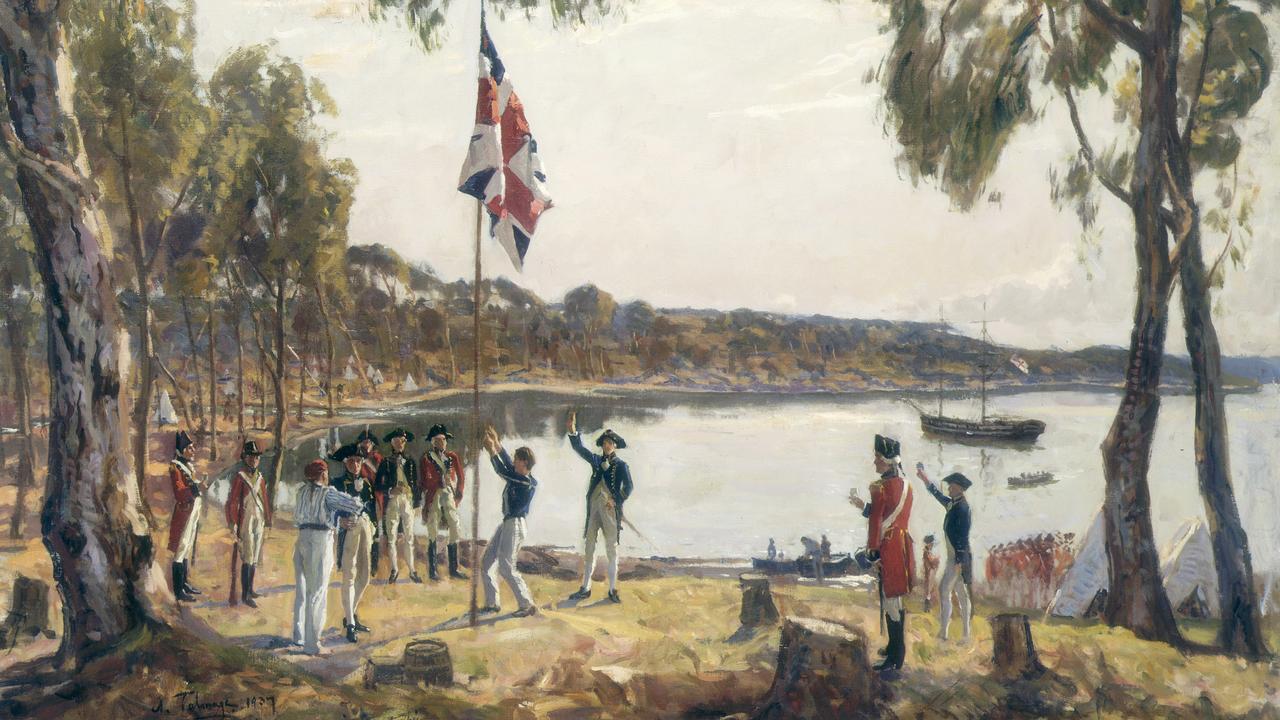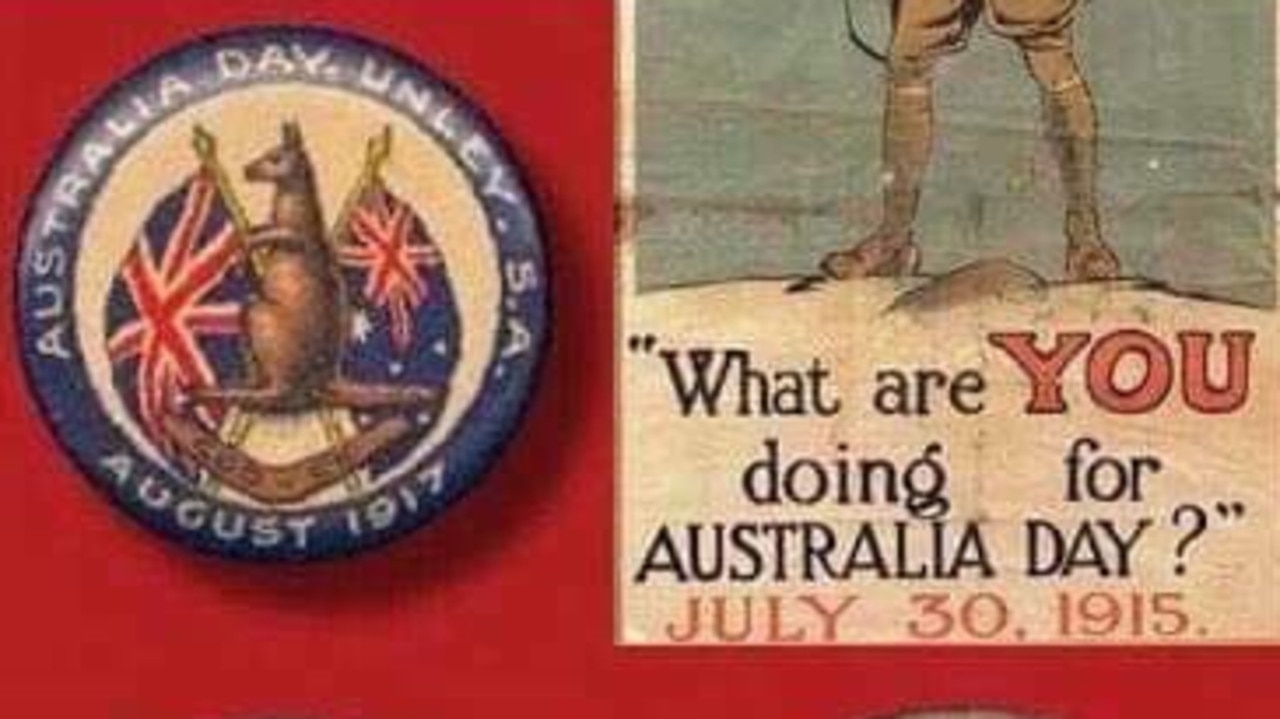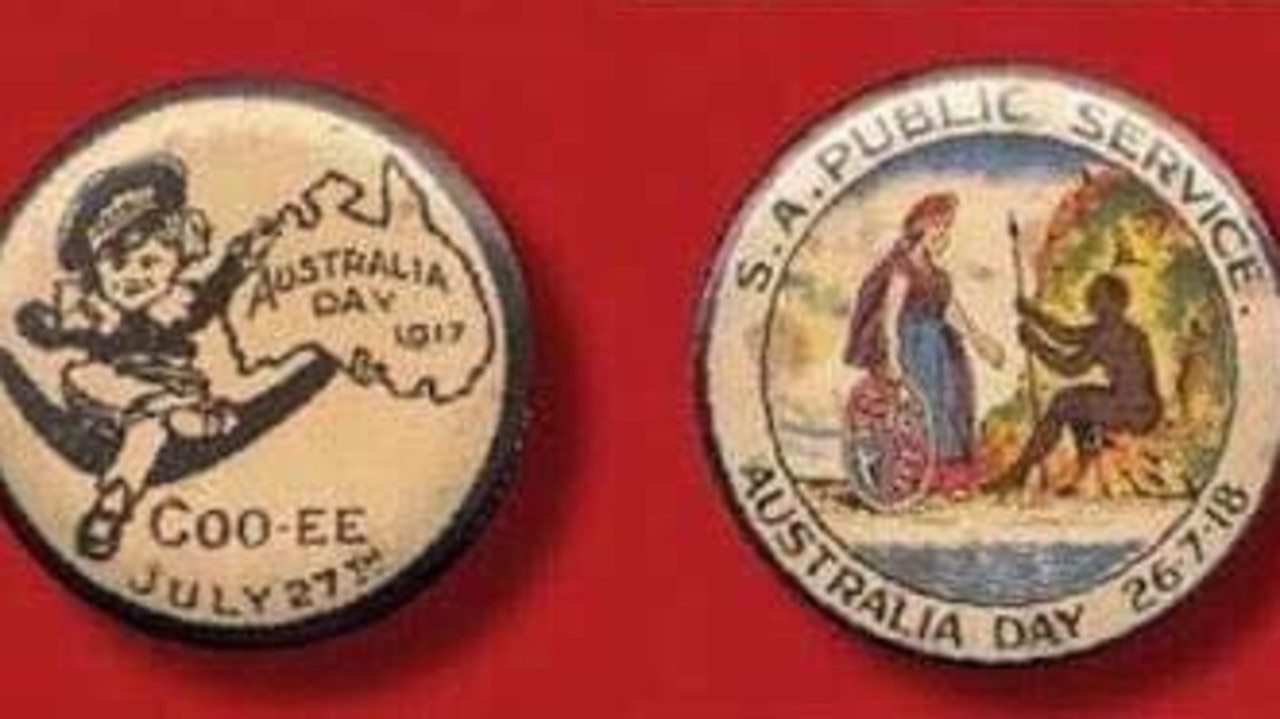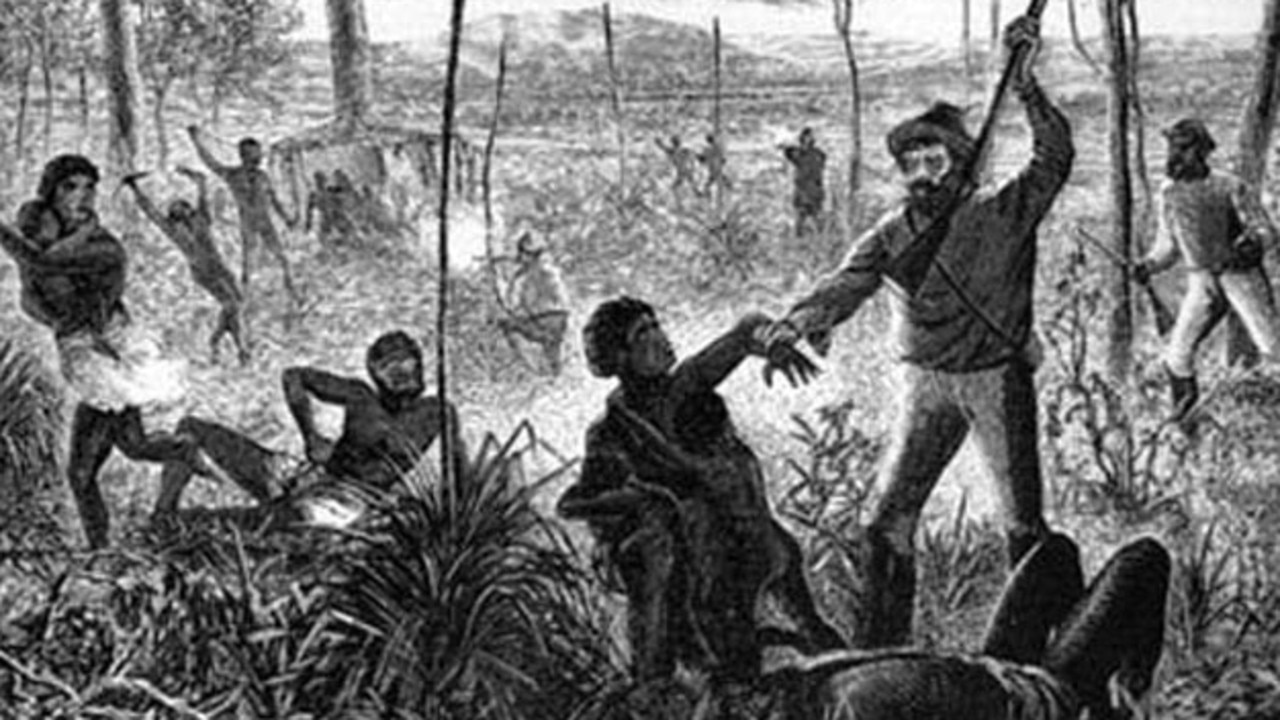The real significance of Australia Day
Many are horrified at the idea of moving Australia Day but the truth is, it hasn’t always been celebrated on January 26.

There’s been a lot of anger about the idea of changing Australia Day but the date hasn’t always been so set in stone.
January 26 commemorates the arrival of the First Fleet in Sydney Cove but the first of the 11 ships actually arrived at Botany Bay more than a week before, on January 18, 1788.
Having found that Botany Bay was not as bountiful in freshwater and fertile soil as explorer Captain James Cook had suggested, the ships decided to move further north to Sydney Cove.
Specifically January 26 is the day First Fleet commander Captain Arthur Phillip rowed ashore at Sydney Cove, raised the Union Jack and proclaimed British sovereignty over part of the continent in 1788.
However, the naming of Australia Day took almost 150 years and it was not always held on January 26.
University of Melbourne Professor Kate Darian-Smith tracked the evolution of the day in a piece for The Conversation.
She said January 26 was initially referred to as “First Landing Day” or “Foundation Day” and early settlers held anniversary dinners to commemorate the occasion.
One of the biggest early celebrations was in 1818 when Governor Lachlan Macquarie hosted a 30-gun salute to celebrate the 30th anniversary. Later, annual regattas on Sydney Harbour become a popular attraction.
But the holiday was still quite a NSW-centric occasion and other states had their own holidays.

Tasmania held a Regatta Day in early December that jointly acknowledged the landing of Abel Tasman in 1642 and its separation from New South Wales in 1825.
In Western Australia, Foundation Day on June 1 celebrated the arrival of white settlers in 1829. South Australia’s Proclamation Day was held on December 28.
But the popularity of January 26 did grow and by 1888, “Anniversary Day” as it was then known, was a holiday in all capital cities except Adelaide.
Even at this stage, there were reservations about celebrating this day as many thought NSW’s convict origins were better left in the past. The NSW governor Henry Parkes also recognised the day was a reminder to Aborigines of how they had been “robbed”.
So it wasn’t always an obvious choice for Australia’s national day.
After the Commonwealth of Australia was founded in 1901, there was renewed interest in setting a foundational holiday, with the Australian Natives Association trying to find a suitable date.
Empire Day was first introduced on May 24, 1905 to commemorate the late Queen Victoria’s birthday and as recognition of the strength of imperial ties.
The first “Australia Day” was actually held on July 30, 1915 to raise funds for the World War I effort.


It wasn’t until 1935 that all states adopted a common date and name for Australia Day to be held on January 26.
It took until the 1940s for Australia to get its national holiday in place and it wasn’t until 1984 that the National Australia Day Committee was federally funded.
In recent years there has been growing calls for Australia Day to be held on a different date, that did not mark such a contentious occasion.
“Australia Day has not always been on the 26th of January,” Macquarie University Professor Bronwyn Carlson, an expert in indigenous studies, told news.com.au.
“It has over the past 100 years been celebrated on various days in various months so it is not like a longstanding tradition.”
She said someone made the decision to hold a national celebration on a day that marked the coming of the First Fleet and the dispossession and oppression of indigenous peoples.
RELATED: What life was life for Aboriginal people during colonisation
RELATED: Triple J moves its Hottest 100 countdown

“This day does not reflect a day that is worthy of celebration even for those on board the First Fleet who were either British military or prisoners of the Crown,” she said.
But while Prof Carlson believes the date is problematic, she did not think it was racist.
“The term ‘racist’ is one that involves a panic and fuels hatred,” she said. “The date is problematic — the date isn’t racist.”
Prof Carlson said the problem was many Australians did not have an understanding of the history behind the date.
“I think people are more concerned with being labelled ‘racist’ then they are about being fully informed about Australia’s colonial history, which is sad,” she said.
“In contemporary Australia we see racism manifest when non-indigenous Australians fail to know Australian history in its entirety.”
Prof Carlson said the events that followed the arrival of the First Fleet were informed by the idea of ‘race’ and therefore the mass murder of indigenous people during this period of time was all about race.
“There is benefit in changing the date because it will signal to indigenous Australians particularly but also other Australians, that Australians understand the arrival of the First Fleet and the actions that followed have not been positive for indigenous peoples,” she said.
Continue the conversation @charischang2 | charis.chang@news.com.au




